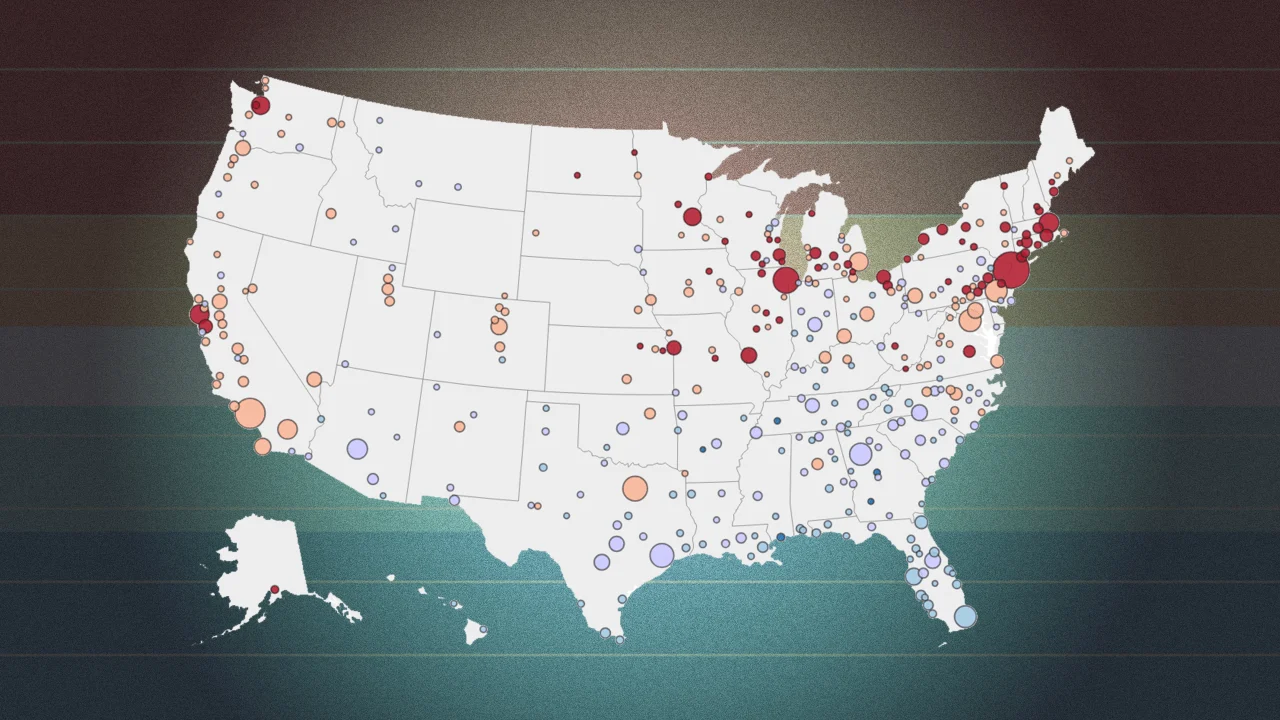Breaking Down Communication Barriers in the Workplace A Hidden Hazard You Can’t Ignore
Communication barriers in the workplace are hidden safety hazards. Breaking them down with training and tools boosts safety, trust, and productivity.

In most workplaces, we tend to think of hazards as physical—slippery floors, sharp tools, or heavy machinery. But there’s another type of workplace hazard that is often overlooked yet just as damaging: communication barriers. When teams don’t communicate effectively, it can lead to safety risks, lower productivity, and poor morale.
Whether you work in construction, manufacturing, healthcare, or an office setting, poor workplace communication is a real and pressing issue. These communication barriers can form due to unclear instructions, cultural differences, or lack of proper training—including the absence of a well-structured Safety Course. The risks they bring include decreased productivity, higher accident rates, and reduced employee morale. Most importantly, by identifying these barriers and taking proactive steps—such as enrolling in a Safety Course—you can improve communication and create a safer, more efficient work environment.
Why Communication Breakdowns Are a Serious Workplace Hazard
Just imagine: A supervisor gives vague instructions about handling hazardous chemicals. A new employee doesn’t fully understand the safety procedures due to a language gap. A technician misses an important maintenance update because it wasn’t shared clearly in the team meeting. Each of these situations can lead to costly accidents.
Poor communication can result in:
-
Increased risk of workplace injuries
-
Misunderstood safety protocols
-
Wasted resources and time
-
Low employee morale and high turnover
-
Reduced operational efficiency
Real-Life Example:
Ali, a forklift operator in a busy warehouse in Lahore, misunderstood an instruction given verbally in a noisy environment. Thinking he had clearance to move, he proceeded—and collided with a pedestrian employee. The injured worker needed six months of medical leave. A later investigation revealed there was no signage and no written communication for clearance. A simple miscommunication turned into a serious safety incident.
The Hidden Causes of Communication Breakdowns
Communication barriers can develop for many reasons. Here are a few of the most common ones in the workplace:
1. Language Barriers
In workplaces with diverse teams, language differences can lead to serious misunderstandings. Workers may not fully grasp safety instructions or may hesitate to ask questions out of fear or embarrassment.
2. Lack of Training
When employees aren’t trained on effective communication—especially in high-risk industries—they are more likely to make assumptions or miss vital information.
3. Poorly Designed Workspaces
Noisy environments, poor lighting, or lack of communication tools (like radios or signage) can physically prevent messages from being delivered clearly.
4. Cultural Misunderstandings
Different cultural norms can affect how people interpret tone, gestures, and feedback. What may seem like a polite gesture in one culture may come off as rude or dismissive in another.
Step-by-Step Guide to Breaking Down Communication Barriers
Step 1: Conduct a Communication Audit
Start by assessing how information flows in your workplace. Look for:
-
Gaps in understanding during safety briefings
-
Frequent mistakes or rework
-
Employee complaints or concerns about unclear instructions
Use surveys, feedback sessions, or observation to gather insights.
Step 2: Invest in Communication Tools
Technology can play a vital role in improving workplace communication. Tools like:
-
Digital signage for safety alerts
-
Radios and headsets for noisy environments
-
Collaboration platforms like Slack or Microsoft Teams
-
Translated safety documents for multilingual teams
These tools ensure that information is accessible and consistent.
Step 3: Offer Regular Safety Training
Safety training shouldn't just be about equipment and procedures. It should also teach employees how to communicate clearly and effectively.
Courses like the Safety Officer Course in Pakistan provide in-depth knowledge on handling hazardous situations and the vital role communication plays in preventing them. These programs are especially important in industries where employees deal with chemical handling, heavy machinery, or construction zones.
Step 4: Create a Feedback Culture
Encourage employees to speak up when they don’t understand instructions or notice communication issues. This builds a culture of openness, which is key to workplace safety.
-
Hold daily or weekly toolbox talks
-
Introduce suggestion boxes or anonymous feedback systems
-
Recognize team members who communicate well
Step 5: Adapt to Your Team’s Needs
Customize your communication style to fit your workforce. For example:
-
Use visual aids for teams with lower literacy levels
-
Provide safety signs in multiple languages
-
Break down complex instructions into smaller, actionable steps
Example: A Lesson in Clear Communication
Maria, a shift supervisor at a garment factory, realized that her safety instructions weren’t being followed. Instead of assuming workers were ignoring them, she asked for feedback. It turned out that many workers were new hires who didn’t understand technical terms. Maria redesigned her training slides using more visuals and simpler language. Within weeks, safety incidents dropped by 40%.
How Communication Barriers Affect Workplace Safety
When communication fails, hazards multiply. Confused employees might mishandle equipment, forget safety steps, or overlook crucial updates. This not only puts them at risk but also endangers everyone around them.
Think about a fire drill. If even one person doesn’t understand the evacuation process, it can create chaos. In emergency situations, clear communication is not a luxury—it’s a lifesaving necessity.
Why the Right Training Makes All the Difference
Employers who prioritize communication training see fewer accidents and higher efficiency. Programs like the Safety Course in Pakistan are designed to teach practical safety skills while focusing on real-world communication challenges.
When employees understand the “why” behind safety instructions—and have the confidence to ask questions—you’re not just reducing risks. You’re building a culture of trust, accountability, and shared responsibility.
Read More: Find Affordable NEBOSH Course Here
Final Thoughts
Communication barriers are more than just a productivity problem—they are a workplace hazard. By identifying the root causes, using the right tools, and offering targeted training, you can create a safer, more inclusive environment for everyone.
If you’re serious about improving safety standards, don’t wait until miscommunication leads to an accident. Take proactive steps today. Train your team. Invest in communication-friendly environments. And above all, listen—because every voice matters when it comes to workplace safety.
How does your organization tackle communication challenges? Have you faced a situation where better communication could have prevented an incident? Share your stories in the comments below—we’d love to hear from you!































































































































































